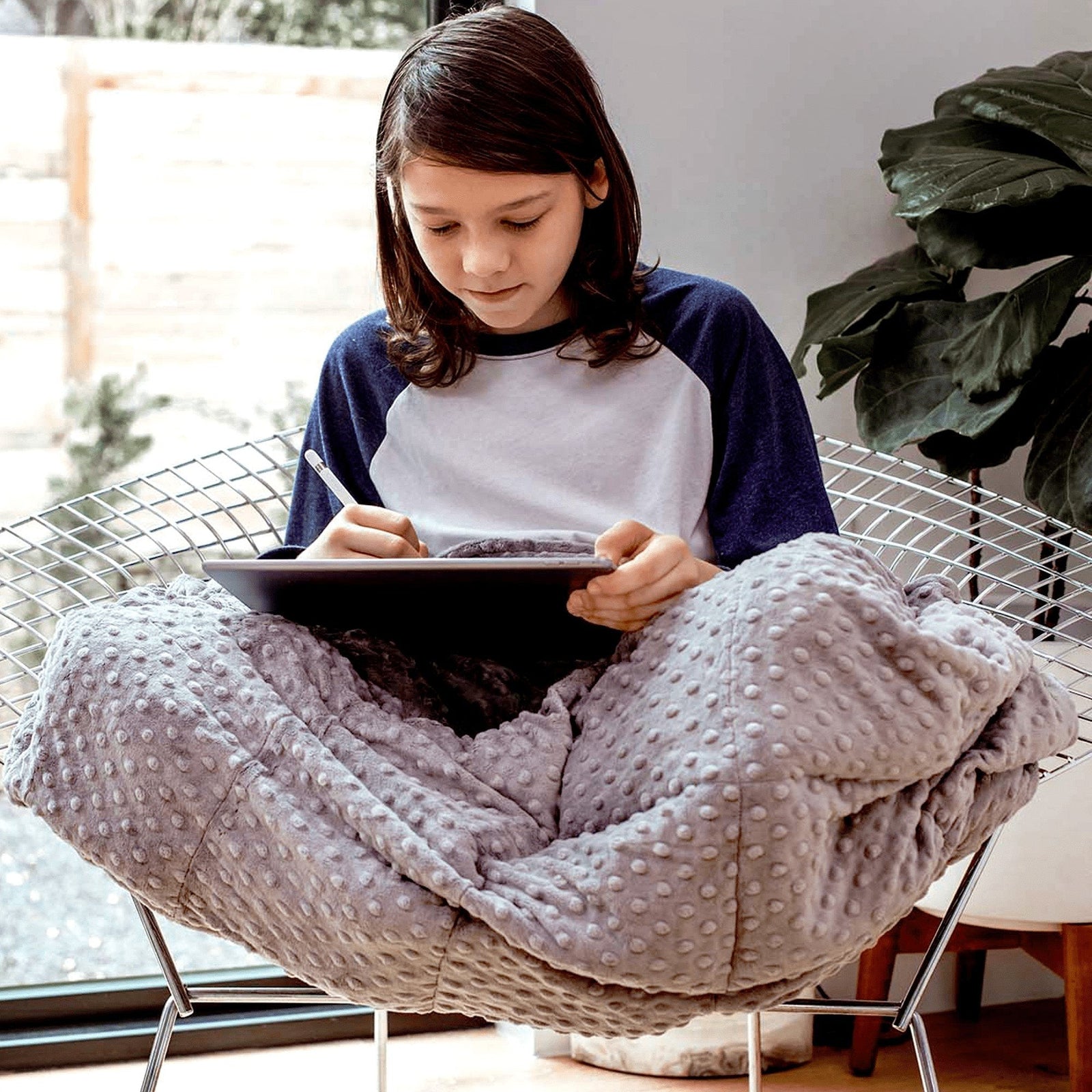Your Cart is Empty
- Save 15% at Checkout
- Free shipping over $199.95 Contiguous U.S.
Your Cart is Empty
November 05, 2021 2 min read
Awareness of how autism spectrum disorders affect children is growing, and that’s a good thing. Around one in every 68 children falls on the autism spectrum, and ASDs are almost five times as common in boys than in girls (one in 42 versus one in 189). But more than 3.5 million Americans are currently living with an ASD, and not all of them are children. What happens when those autistic children grow up to be autistic young adults? A study released April 21 by the A.J. Drexel Autism Institute has provided some troubling figures.
Employment and Isolation in People With Autism
Over a third of young adults with autism have neither a job nor plans for continuing education after high school, the researchers found. That’s compared to only 8% of their peers with other disabilities. Employment difficulties follow individuals with autism into their 20s, as well. According to the study, only 58% are employed. That’s in sharp contrast to the 74% of people with intellectual disabilities who are employed at the same age, the 95% with learning disabilities, and the 91% with speech impairments or emotional disturbances. It’s not clear exactly why this is, but Paul Shattuck, the study’s leader, told NPR it may have to do with the kinds of jobs that are most highly in demand right now. “Starting in the early to mid-1970s, there's been a historic shift in the balance of jobs in the manufacturing sector to the service sector,” he said in a April 21 interview. “And those types of jobs, which require lots of social interaction, are exactly the types of jobs that people with autism have difficulty with.”
Social differences also affect young adults with autism in their personal lives. One in every four young adults with autism is socially isolated, the study found, meaning they haven’t been invited to a social event in the past year and don’t see or talk with friends.
How Weighted Sensory Blankets Can Help
With those kinds of figures, no doubt anyone interacting with a loved one on the autism spectrum is wondering what they can do to help. One thing that may relieve some of the sensory processing problems (more than 90% of kids with autism are also found to demonstrate atypical sensory behavior) and anxiety experienced by individuals with autism is a weighted blanket. The benefits of a weighted blanket are many, but the simplest summary is that they provide a kind of pressure that is reassuring in the same way a firm hug is.
Just as people tend to focus on the effects of autism in toddlers and children, people tend to think of weighted blankets for toddlers or children, too. But weighted blankets work well for adults, too, and there’s very little difference between them conceptually. Weighted blankets for toddlers are lightweight and typically come in fun patterns, while weighted blankets for adults are a bit heavier and can be made to look like any other blankets -- offering a discreet option for anyone dealing with sensory or anxiety-related issues.
Are you looking for sensory weighted blankets for toddlers, teens or adults? Share your needs in the comments.
